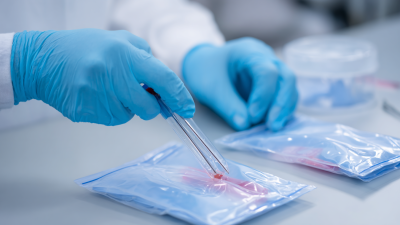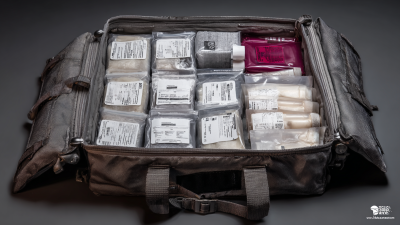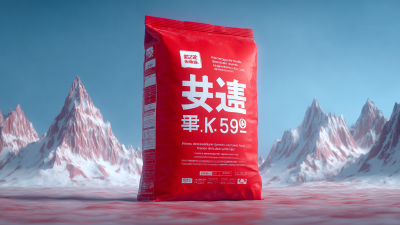 +86 178 5514 5298
+86 178 5514 5298
Leave Your Message
-
 CONTACT NUMBER
CONTACT NUMBER -
 CONTACT NUMBER
CONTACT NUMBER -
 CONTACT NUMBER
CONTACT NUMBER



The use of absorbent pouches has gained significant traction across various industries due to their effectiveness in moisture control and contamination prevention. According to a report by Research and Markets, the global absorbent materials market is anticipated to reach USD 10.3 billion by 2025, driven in part by the increasing demand for absorbent products in areas such as food packaging, pharmaceuticals, and electronics.
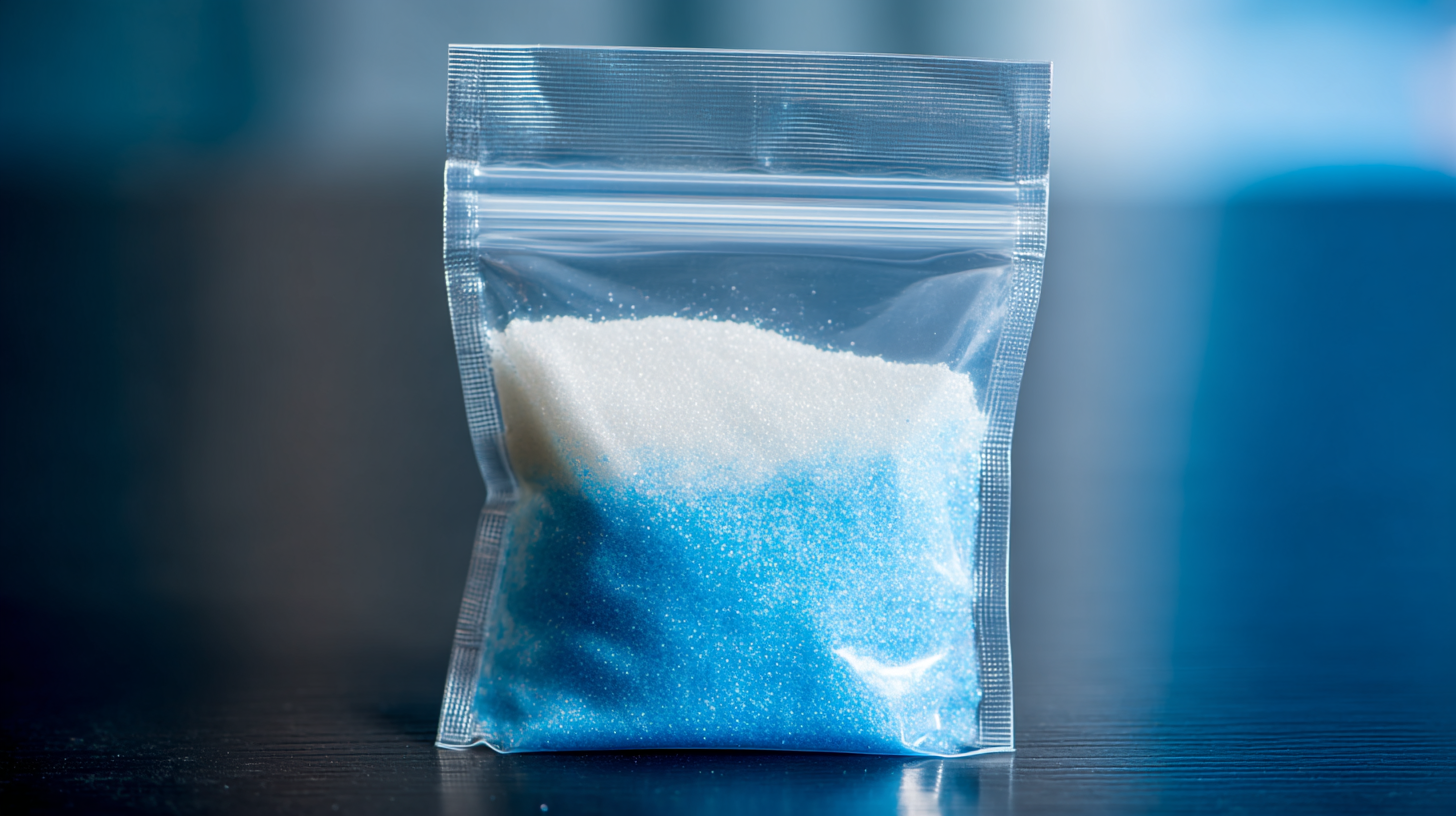 Absorbent pouches, which utilize advanced materials to absorb excess moisture and maintain product integrity, play a vital role in extending the shelf life of goods and ensuring quality during transportation. Industries are increasingly integrating these pouches into their supply chains as a cost-effective solution to minimize spoilage and waste. As the need for sustainable and efficient packaging solutions grows, understanding the science behind absorbent pouches and their industrial applications becomes crucial for businesses aiming to innovate and stay competitive in the market.
Absorbent pouches, which utilize advanced materials to absorb excess moisture and maintain product integrity, play a vital role in extending the shelf life of goods and ensuring quality during transportation. Industries are increasingly integrating these pouches into their supply chains as a cost-effective solution to minimize spoilage and waste. As the need for sustainable and efficient packaging solutions grows, understanding the science behind absorbent pouches and their industrial applications becomes crucial for businesses aiming to innovate and stay competitive in the market.
Absorbent pouches are innovative solutions designed to control moisture in various industrial applications. Comprised primarily of superabsorbent polymers (SAPs), these pouches leverage a hydrophilic nature to effectively capture and retain moisture. According to a report by Smithers Pira, the global superabsorbent polymer market is projected to reach $9.8 billion by 2025, highlighting the escalating demand for moisture management solutions across industries. The mechanism behind these pouches involves the swelling of SAPs upon contact with moisture, allowing them to hold many times their weight in liquid, thus preventing contamination and degradation of products.
In addition to polymers, the composition of absorbent pouches often includes natural fibers and additives that enhance performance and biodegradability. A study published in the Journal of Applied Polymer Science indicates that formulations combining both synthetic and natural materials can improve absorbency while reducing environmental impact. Industries such as food packaging, pharmaceuticals, and electronics utilize these pouches extensively, where maintaining specific humidity levels is crucial. In food packaging alone, it's estimated that absorbent materials can extend shelf life by up to 50%, illustrating their significant role in enhancing product preservation and safety.
Absorbent pouches are increasingly recognized for their diverse applications across various industries due to their ability to effectively manage moisture and prevent contamination. These pouches are extensively utilized in sectors such as food packaging, pharmaceuticals, and electronics. In the food industry, absorbent pouches help prolong shelf life by controlling moisture levels, thereby preserving the quality of products. In pharmaceuticals, they protect sensitive drugs from moisture, ensuring efficacy and safety. Similarly, in electronics, absorbent pouches safeguard components from humidity damage during shipping and storage.
The global super absorbent polymer market, which forms the core material for producing these pouches, is projected to grow significantly, from $6.57 billion in 2025 to $10.46 billion by 2032, reflecting a compound annual growth rate (CAGR) of 6.9%. This growth underscores the increasing demand for effective moisture management solutions across multiple sectors. As industries continue to prioritize product integrity and quality, the role of absorbent pouches will become even more critical in meeting these needs.
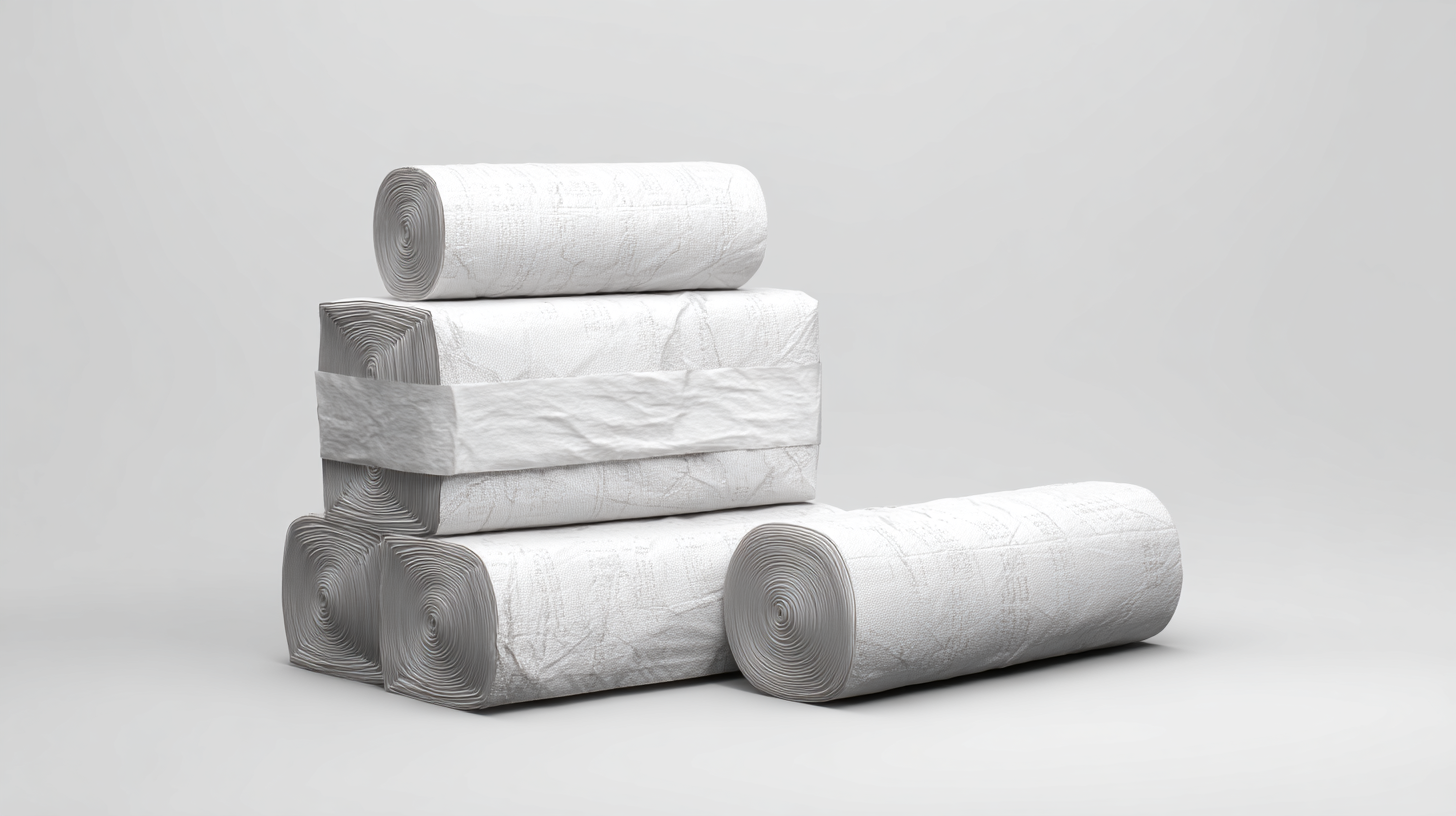
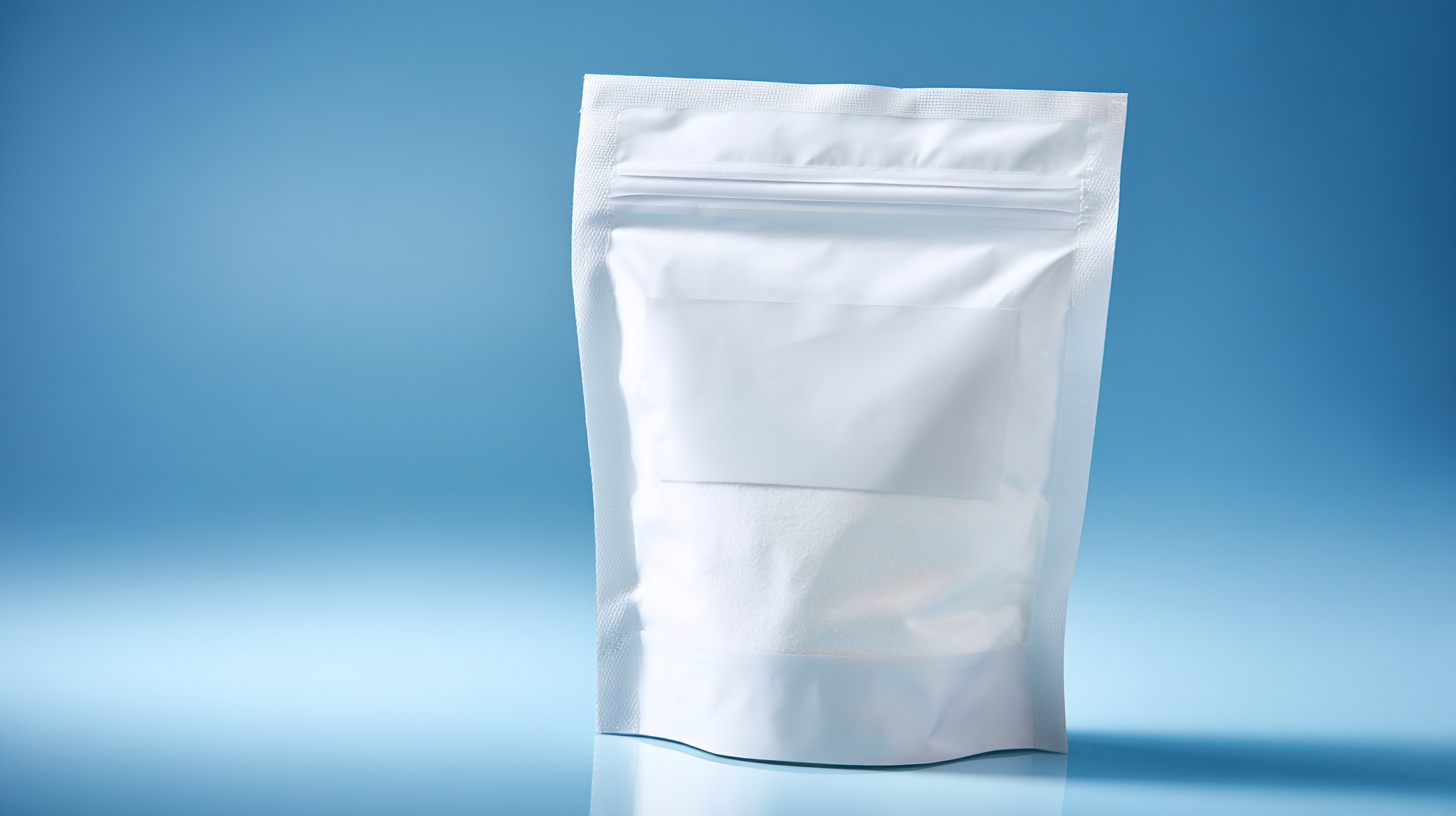 Absorbent pouches are specialized materials designed to control moisture levels in various environments, making them essential tools in numerous industries. These pouches typically contain hygroscopic substances that attract, hold, and stabilize moisture, preventing damage caused by excess humidity. The effectiveness of absorbent pouches can vary based on their composition, size, and the environment in which they are used. For example, pouches containing silica gel are commonly employed in packaging electronics to protect them from moisture, while clay-based pouches may be more suitable for bulk storage of food products.
Absorbent pouches are specialized materials designed to control moisture levels in various environments, making them essential tools in numerous industries. These pouches typically contain hygroscopic substances that attract, hold, and stabilize moisture, preventing damage caused by excess humidity. The effectiveness of absorbent pouches can vary based on their composition, size, and the environment in which they are used. For example, pouches containing silica gel are commonly employed in packaging electronics to protect them from moisture, while clay-based pouches may be more suitable for bulk storage of food products.
Testing the effectiveness of absorbent pouches is crucial for optimizing their applications. Evaluating parameters such as absorption rate, saturation capacity, and duration of effectiveness can provide insights into their moisture control capabilities. Additionally, understanding the environmental conditions, including temperature and relative humidity, allows for tailored solutions to specific industrial needs. By conducting comprehensive assessments, manufacturers can enhance the performance of absorbent pouches, ensuring they meet the rigorous demands of industries ranging from pharmaceuticals to food preservation.
The evolution of absorbent pouch technology has been pivotal in enhancing performance across various industrial applications, particularly in sports and personal hygiene sectors. Recent advancements in materials and manufacturing techniques have introduced innovative fabric combinations that not only improve absorbency but also ensure swift moisture-wicking capabilities. These innovations have become essential in the production of performance garments, allowing athletes to maintain comfort during intense physical activities.
Moreover, the rise of reusable hygiene products, including absorbent pouches in sportswear, signifies a notable shift in consumer preferences towards sustainability and functionality. These products integrate advanced textile technologies that facilitate quick-drying properties and superior breathability, which are critical for maintaining hygiene and comfort. As industries continue to embrace these cutting-edge technologies, the demand for absorbent pouches that harmonize efficiency with eco-consciousness is expected to grow. This trend underscores the significance of continuous innovation in textile manufacturing, which is increasingly influencing both sportswear and personal care markets.
The utilization of absorbent pouches in manufacturing processes can significantly enhance efficiency, especially in industries dealing with liquids and moisture control. Best practices for utilizing these pouches involve selecting the appropriate materials based on the specific application requirements. For instance, incorporating eco-friendly alternatives, such as biodegradable materials derived from plant fibers, can not only improve absorption capabilities but also minimize environmental impact. This approach aligns with growing sustainability efforts in manufacturing, particularly in sectors like hygiene products.
Moreover, continuous innovation in absorbent materials, such as those inspired by natural substances, plays a vital role in improving product effectiveness. Techniques developed for the production of absorbent media from robust plants can not only fulfill industrial needs but also address social issues like menstrual hygiene management. By implementing such best practices, manufacturers can optimize their processes while contributing positively to broader ecological and societal goals.


